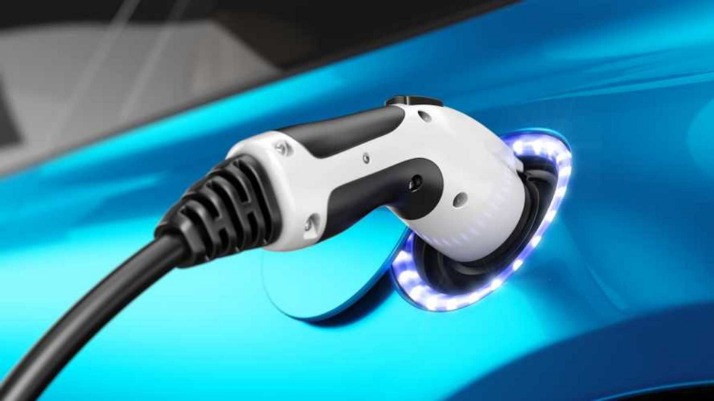An electric car battery will last between 15 to 20 years, covering somewhere between 100,000 and 200,000 miles in the process. The cost of charging an EV can vary depending on where you are charging it and what charger is being used. To connect regulatory-compliant devices, all you need is an IoT SIM card from an IoT connectivity service provider.
Now that you know the basics of electric car charging, you can confidently take the next step towards sustainable transportation, and enjoy the benefits of owning an electric vehicle. Software updates are essential for electric vehicles, just like for any other device, and can improve battery performance and longevity. So, make sure to keep your car’s software up-to-date with the latest versions.
Differences between Level 1, Level 2, & Level 3 Charging
Charging needs at a residential building parking space are dissimilar with the needs of the users at a busy service station along the highway. People spend hours at their homes, offices, or hobby places, therefore chargers with lower maximum charging power are usually more than enough to fulfill the charging needs there. Fast chargers are more suitable at locations where EV drivers wish to fill the car batteries quickly and continue their journeys – such as petrol stations by the highway or grocery stores at traffic hubs. To make everything a bit kinder on the wallet, EV buyers can take advantage of a federal tax credit that covers 30% of charger-installation costs, up to $1,000.
How long does it take to charge an electric car at home and on the go?
Read more about Electric car chargers here. Fortunately, with advancements in technology, EV charging stations are becoming more accessible and efficient. In this article, we’ll take a closer look at the power behind electric vehicles and how understanding electric car charging station technology can help you make informed decisions.
With this guide, you’re now equipped to charge your electric vehicle with ease and confidence. Electric Vehicle Supply Equipment, in layman’s terms, is the charging station used to charge your electric vehicle (EV) battery. Once your car’s battery is fully charged, the charging station will stop the charging process automatically. Disconnect the cable from your car’s charging port and the charging station. Electric cars come with a charging cable that you can use to connect your car to the charging station.
If you are parking in front of an EV charging station, there are a few things you’ll need to determine. The device and posted notices should make it clear how to use the charging station. Alternatively, some public charging stations charge for electricity by the minute.





